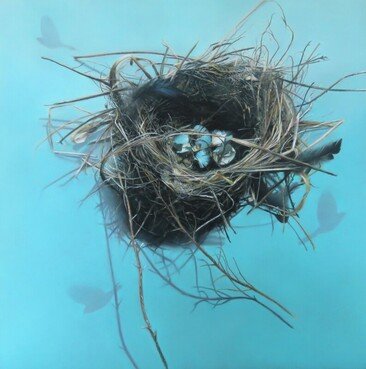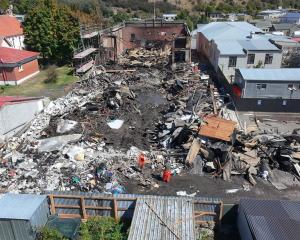
The Pastel Artists of New Zealand (PANZ) will be holding its annual national exhibition at Central Stories Museum and Art Gallery for a month from April 5.
Pateoroa-based New Zealand master pastellist Julie Grieg said the national exhibition alternated between the North and South islands to ensure diverse communities around the country had the opportunity to experience the rich variety and techniques of the historic medium.
Greig, who holds workshops at the Maniototo Arts Centre in Ranfurly, has spent the past year organising the exhibition and accompanying convention.
Autumn was the perfect time for pastel artists to visit Alexandra and its picturesque surroundings, she said.
Australian master pastellist Tricia Taylor will lead an Autumn Glory workshop before the convention. Taylor, renowned for award-winning seascapes and mastery of light, is also one of the judges.
The other judges are Neil Driver, of Clyde, and Nicola Bennett, of Alexandra.
The convention programme includes talks from abstract artist Nicola Bennett and award-winning Ranfurly photographer Janyne Fletcher. A highlight of the event will be a dinner with guest speaker Sir Grahame Sydney sharing his insights.
Following the convention PANZ president and distinguished pastellist Lyn Henry, of Invercargill, will hold a Playtime Sketchbooks workshop.
This exhibition and convention was a unique opportunity for art enthusiasts and the public to immerse themselves in the vibrant world of pastel artistry, set against the stunning backdrop of Alexandra in autumn, Greig said.
PANZ was established in April 2002 when Walter Scott, a pastel artist from Blenheim, received an enthusiastic response to his letter in an Australasian art magazine. Thirty artists attended and from that gathering, PANZ was formed.
Since then, membership has steadily grown, welcoming both beginners and professionals.
For more information, www.pastelartist.co.nz
A history of pastels and how they stood test of time
Soft pastel, a medium cherished by artists like Degas and Monet, has stood the test of time as a vibrant and expressive art form.
One of the earliest painting mediums, pastel is made of pure pigment, often derived from natural earth sources. In recent years, synthetic pigments have also been introduced. The pigments are bound together into stick form, usually with gum tragacanth, and are available in varying degrees of hardness. Using pastels to create art is tactile and direct, no drying time is required, no brushes to clean.
Roche pastels, which contain a small amount of pumice, have been made in France for more than 300 years. They offer more than 2000 colours with each individually hand-rolled, stamped, wrapped and numbered in pen. Their customers have included Degas, Cheret, Redon and Whistler.
When correctly framed under glass, pastel paintings retain their brilliance for centuries.
In ancient times, artists used whatever sticky substances were available — blood, urine or spit — to bind pigments. Aboriginal drawings, in Australia, and the Lascaux cave paintings in France, estimated to be 20,000 years old, are examples of early pigment-based art. Artists also used charcoal, which continues to pair beautifully with pastels today.
- Soft pastels contain minimal binder, making them more vibrant and delicate. They are often wrapped in paper for protection.
- Harder pastels contain more binder, making them firmer and ideal for fine details. Some pastel brands incorporate pumice into the binder to create more texture on the surface.
- Pastel pencils are popular with artists, working well with both hard and soft pastels. Pastel pencils contain more binder to keep the lead strong, while still using pure pigment.
- Oil pastels, invented in Japan in the 1920s, are made from pure pigment combined with a binder mixture of non-drying oil and wax. They can be spread with the finger or thinned with turpentine.
- Pastel paintings are created through layered applications of pigment, covering most of the surface.
- Pastel drawings tend to be more linear, with more of the support (paper or board) visible.










